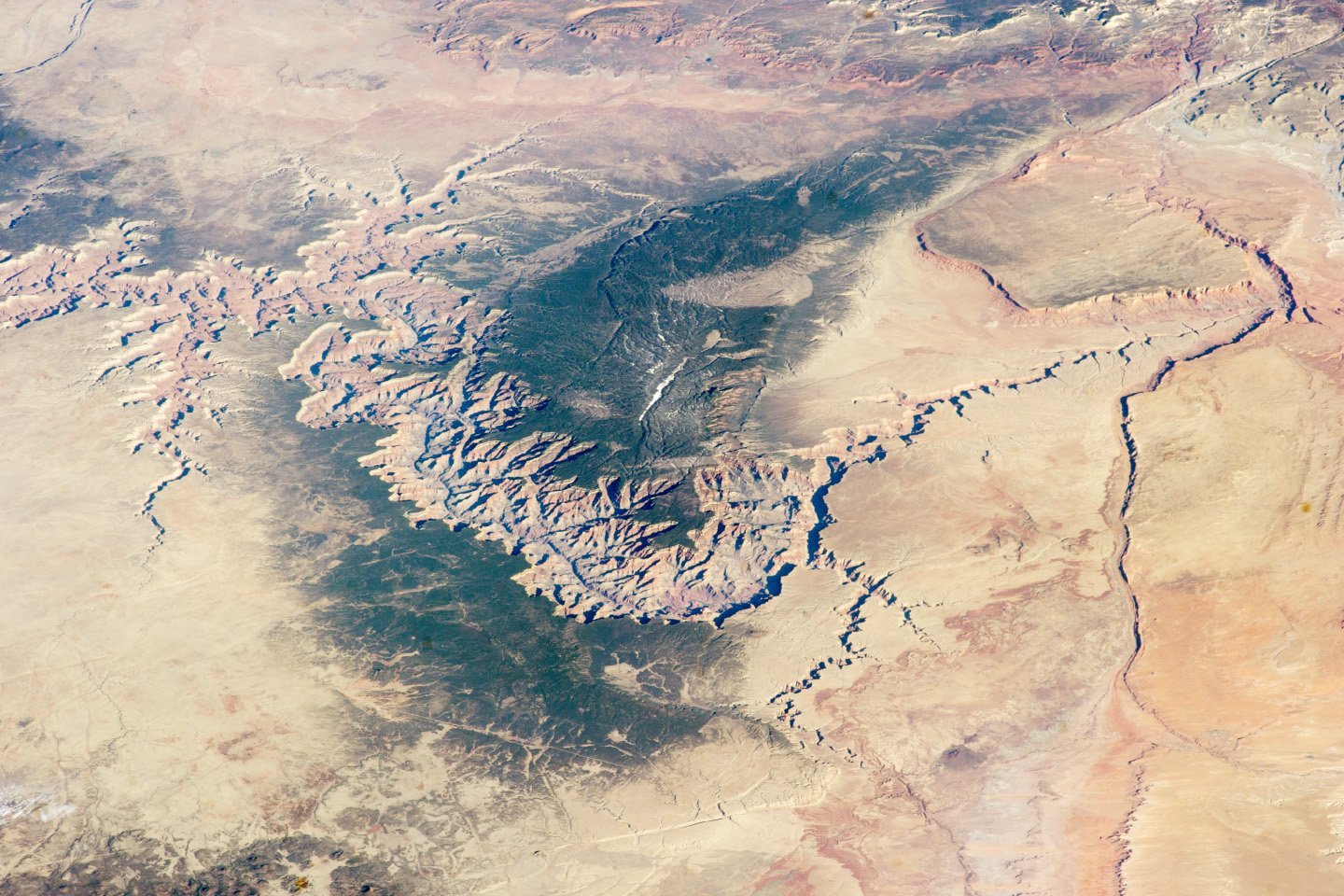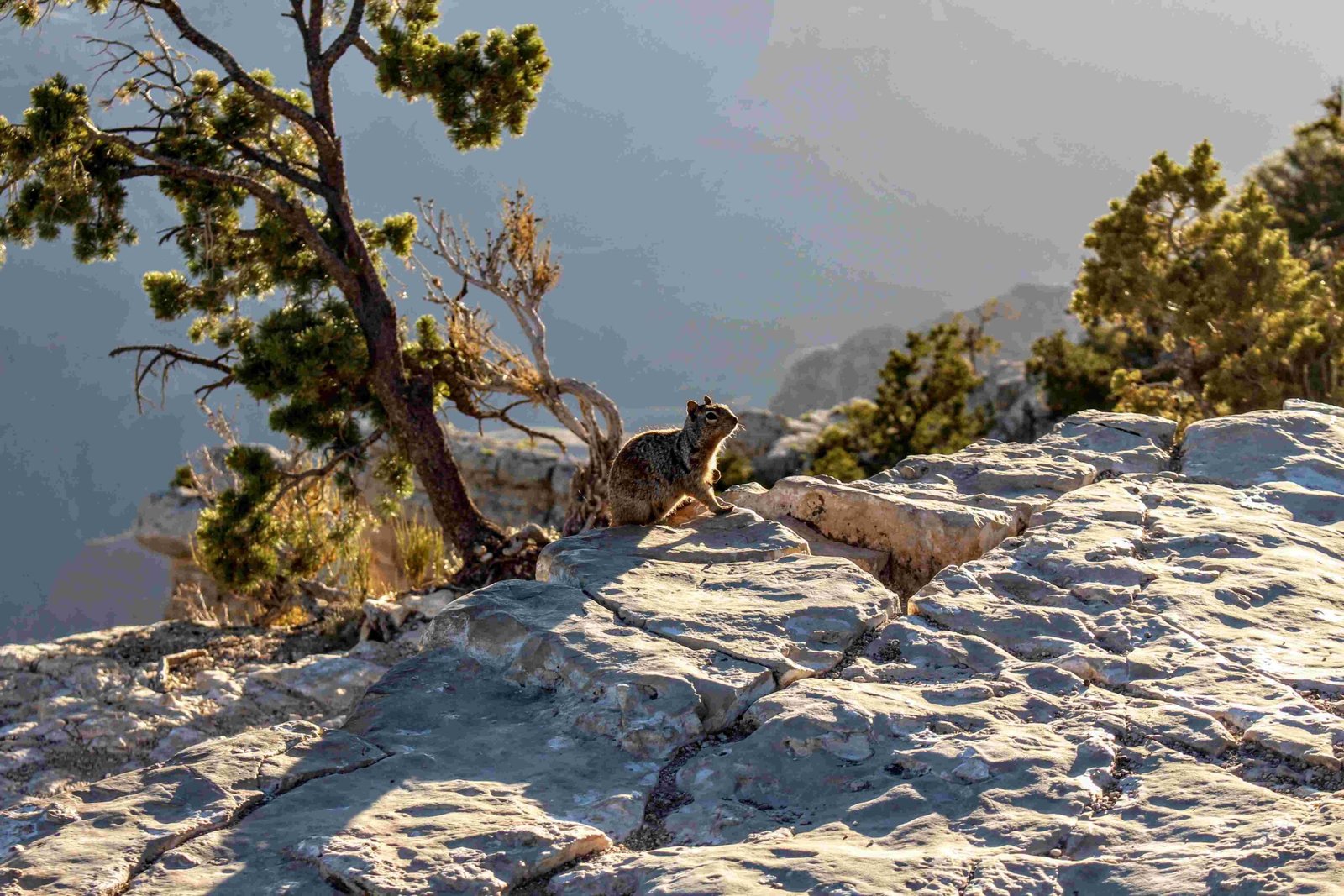The Grand Canyon offers adventurers extraordinary inner canyon trails that descend from the rim to the Colorado River, challenging hikers with steep terrain, dramatic elevation changes, and breathtaking geological landscapes. These trails, primarily South Kaibab and Bright Angel, provide unparalleled access to the canyon’s most remote and stunning environments, requiring advanced preparation, physical fitness, and respect for the challenging desert ecosystem.
What Are the Primary Inner Canyon Trails?

The Grand Canyon features two primary inner canyon trails that provide direct access to the canyon’s depths:
- South Kaibab Trail
- Bright Angel Trail
How Does South Kaibab Trail Challenge Hikers?
| Trail Characteristic | Details |
|---|---|
| Total Length | 7 miles |
| Elevation Change | 4,780 feet descent |
| Difficulty Level | Extremely Strenuous |
| Water Availability | No water sources |
The South Kaibab Trail represents one of the most direct and challenging routes into the Grand Canyon. Hikers experience:
- Steep, exposed switchbacks
- No shade protection
- Dramatic views of canyon layers
- Rapid elevation loss
What Makes Bright Angel Trail Unique?
Bright Angel Trail offers a slightly more forgiving descent compared to South Kaibab, featuring:
- Approximately 9.5 miles in length
- Multiple water stations
- Restroom facilities
- More shade and vegetation
- Gradual elevation changes
Key Hiking Considerations
Hikers must prepare extensively for inner canyon trails by:
- Carrying substantial water supplies
- Wearing appropriate hiking gear
- Understanding personal fitness limitations
- Checking current trail conditions
- Respecting extreme temperature variations
How Should Hikers Prepare for Inner Canyon Trails?
Essential Preparation Checklist:
– [ ] Comprehensive water strategy
– [ ] High-quality hiking boots
– [ ] Sun protection
– [ ] Emergency communication device
– [ ] Detailed trail map
– [ ] Physical fitness assessment
What Wildlife and Natural Features Can Hikers Expect?
Inner canyon trails reveal extraordinary ecological diversity, including:
- Desert bighorn sheep
- Rare plant species
- Geological formations spanning millions of years
- Microclimatic zones with unique environmental conditions
Safety and Permit Requirements
| Hiking Type | Permit Requirement |
|---|---|
| Day Hiking | No Permit Needed |
| Overnight Camping | Permit Required |
| Backcountry Camping | Advanced Reservation |
Additional Trail Recommendations
While South Kaibab and Bright Angel are primary inner canyon trails, experienced hikers might also explore:
- Hermit Trail
- North Kaibab Trail
- Tonto Trail
Final Trail Insights

Hiking inner Grand Canyon trails demands respect, preparation, and an understanding of personal limitations. These trails offer unparalleled experiences but require comprehensive planning and physical readiness.
Reference:
– AllTrails – South Kaibab Trail
– National Park Service – Grand Canyon Trails
– Earth Trekkers – Grand Canyon Hiking Guide
